Can you turn a pond into a natural swimming pool?
Thinking about turning your tired garden pond into a beautiful, chemical-free swimming pool? Here’s everything you need to know before you dive in
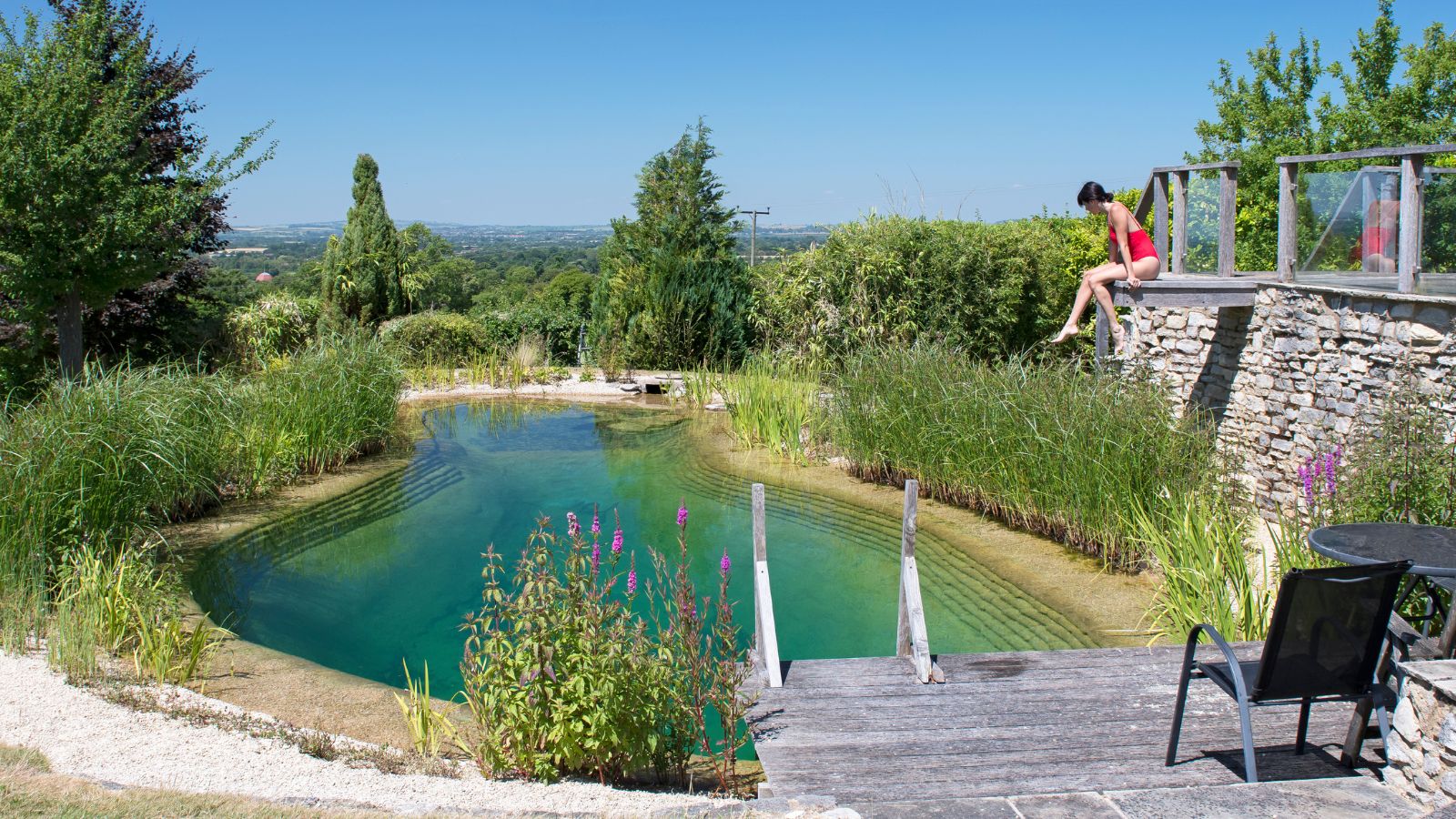
Often beautiful in theory, many ponds end up as stagnant corners of the garden that don’t quite earn their keep. But what if you could swap your unloved water feature for something a little more inviting this summer?
Swimming ponds offer the best of both worlds: a place to swim in clean, chemical-free water, alongside the gentle planting and ecological appeal of a wildlife-friendly feature. While many are built from scratch, it’s entirely possible to convert an existing pond into a swimming pool, provided a few key conditions are met.
To understand what’s involved, and how to tell if your garden pond is suitable for a swimmable upgrade, we asked industry experts to share their insights.
Can you turn a pond into a natural swimming pool?
‘It’s absolutely possible to convert an existing pond into a swimming pond – in fact, we’ve done it quite often over the past 20 years,’ says Melinda La Mantia, Head of Design at Gartenart Swimming Ponds. "Many clients come to us with old, dark ponds that they no longer use or enjoy, and want to create something swimmable that still feels connected to the landscape."
"If you have an existing pond that’s murky, unused, or simply not bringing joy to your outdoor space, converting it is an excellent opportunity. Not only will you create something visually stunning, but these types of swimming pool can be used and enjoyed daily in warmer months, by the whole family."

Head of Design, Melinda is a qualified landscape architect, joined Gartenart in 2016 and has over 15 years of experience in the UK, Italy and Spain
Natural swimming pool vs swimming pond: What’s the difference?
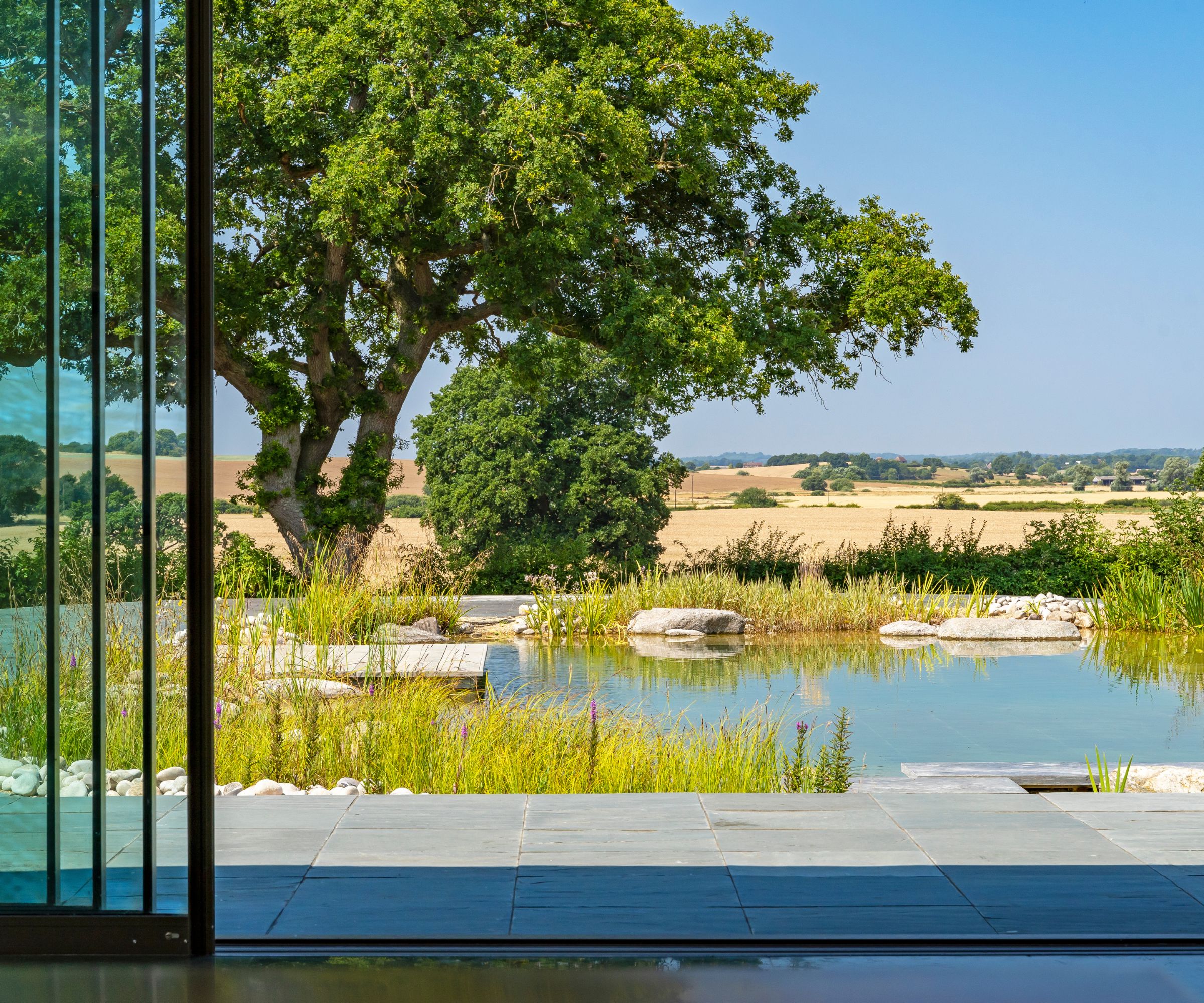
Although the terms are often used interchangeably, there are a few key differences between a swimming pond and a natural swimming pool.
Alex Kempsey, MD of Compass Pools, explains: “A swimming pond is designed to look and behave like a natural body of water, often with a freeform shape, planted margins, and a strong focus on biodiversity. Filtration is handled by a large regeneration zone filled with aquatic plants and gravel, which can require more space and seasonal maintenance and have limitations on the temperature they can be heated to and have associated high running costs if heated.”
“A natural swimming pool offers a natural experience but with a more refined, design-led approach. These pools use mineral filtration systems and the result is crystal-clear water that’s kinder to the skin, eyes, and hair – without the murkiness or animal swim team sometimes associated with ponds.”
Bring your dream home to life with expert advice, how to guides and design inspiration. Sign up for our newsletter and get two free tickets to a Homebuilding & Renovating Show near you.

Alex founded Waterstream, who's brands include Compass Pools and EVi Pools, with Waterstream evolving into the largest pool installer in the UK. Alex's industry influence extends to serving on the ISPE council and the SPATEX board, reflecting a commitment to shaping the future of the sector.
What kind of pond can be converted?
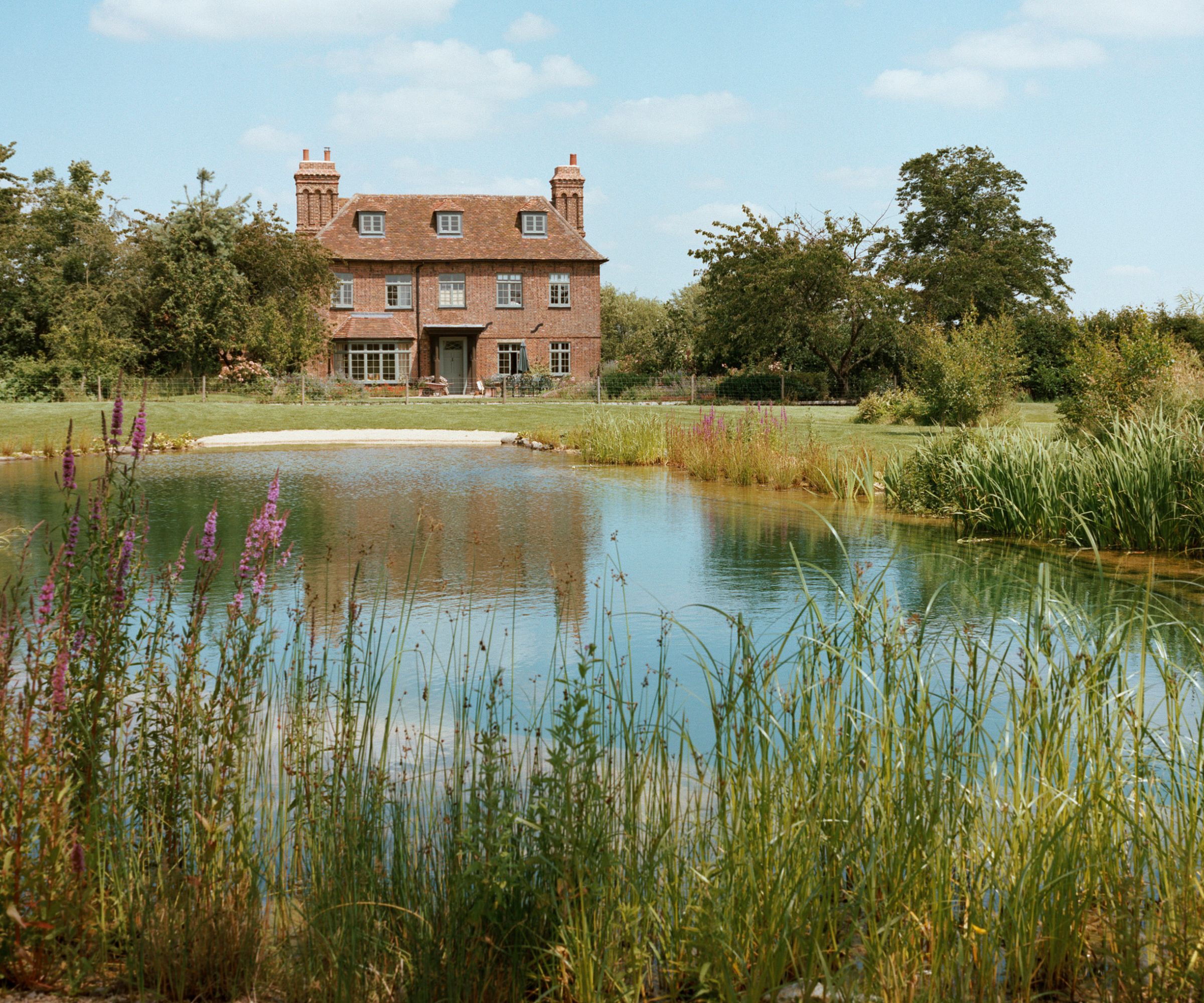
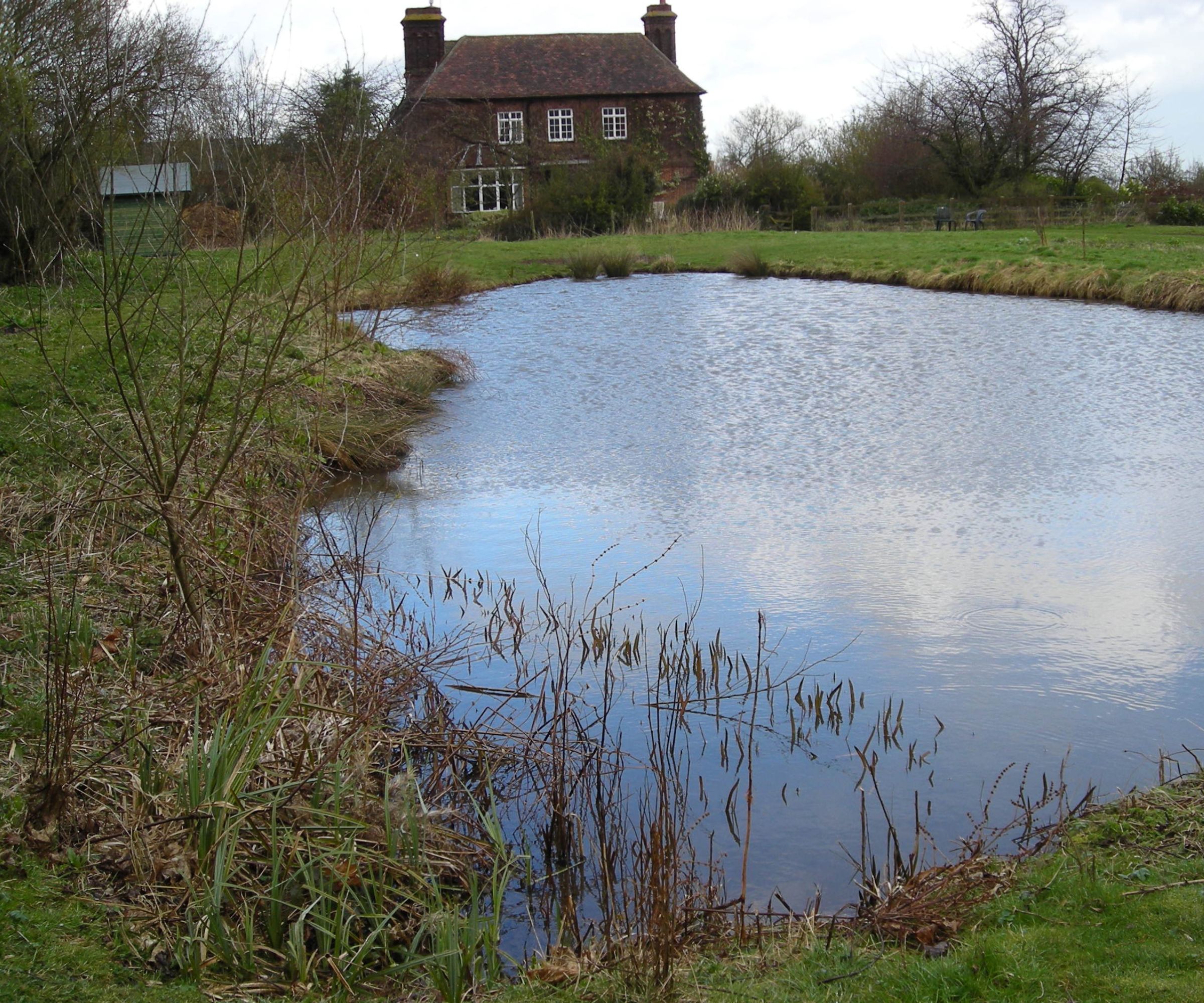
“Almost any pond can be converted, as long as it’s possible to divert and control the existing water source – whether it’s fed from underground springs or surface runoff via pipes,” explains Melinda La Mantia. “Likewise, there are no specific requirements in terms of existing depth or size, as you can reprofile the pond during construction to create the necessary zones and depths.”
“One thing to avoid, however, is having overhanging trees or branches above the swimming area, as these can drop organic matter into the water and increase maintenance,” Melinda adds.
What should you know before your start?
"My top advice would be to start by understanding how you want to use the pond," says Melinda. Ask yourself, "is it mainly for swimming and cooling off, or are you also looking to enhance the natural feel of the garden and attract wildlife?" Your answers will guide many of the design decisions, from the size of the swimming area to the types of features and planting around it.
"We recommend working with someone experienced in conversions," Melinda continues, "as existing ponds can have hidden challenges, like unpredictable inflows or unstable banks, so having the right team makes all the difference in creating something beautiful, functional, and long-lasting."
Water circulation is another important factor. “Many ponds are shallow or uneven, which creates poor circulation and makes it hard to separate the swimming zone from the regeneration zone,” says Loren Taylor, landscaping expert and founder of Soothing Company. In many cases, some reshaping or regrading will be needed before work can begin.

Loren Taylor is a seasoned expert in landscaping and gardening, known for his refined approach to exterior design. As the owner of Soothing Company, he has spent the past 17 years transforming outdoor spaces into calm, well-balanced environments that blend beauty with functionality
How does the water stay clean?
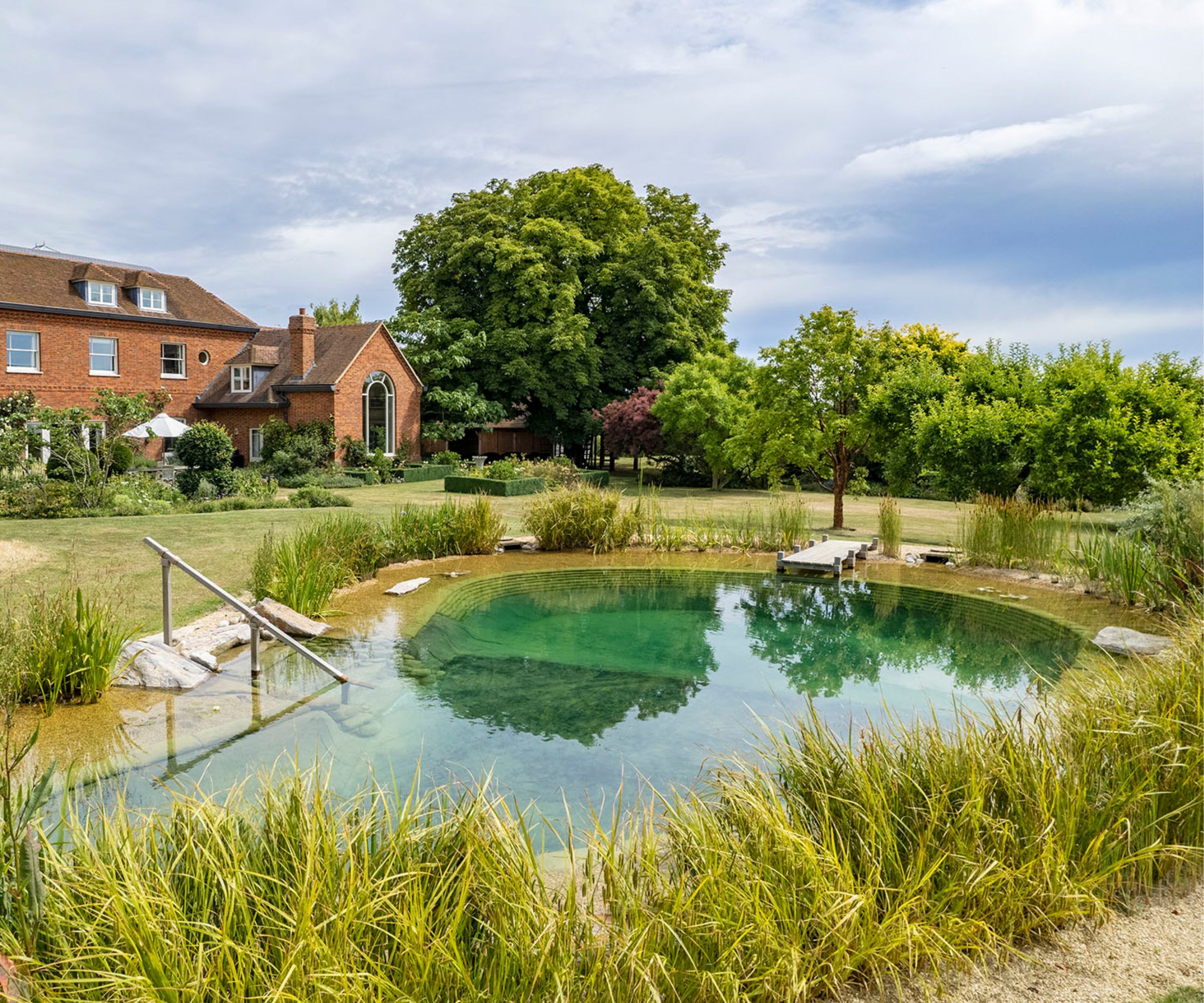
One of the most common questions around natural swimming pools is how they stay clean, especially when starting with an existing pond. The answer lies in a carefully balanced, chemical-free filtration system that works in harmony with nature:
“The principle is the same whether it’s a new build or a conversion: we create a self-contained water body,” explains Melinda La Mantia. “Water is filtered through a gravel bed that removes phosphates and keeps nutrient levels low, which is key to maintaining clear, clean water.”
This gravel filtration zone, often planted with aquatic species, plays a vital role in keeping the ecosystem in check and preventing the kind of nutrient build-up that leads to algae and murkiness. The separation of zones is essential: one for swimming, and another for regeneration and filtration. If you're working with an older pond, it's especially important to get this balance right from the start. Existing organic matter can overwhelm a new system if not properly managed, and poor circulation may lead to stagnant water.
What about wildlife and plants?
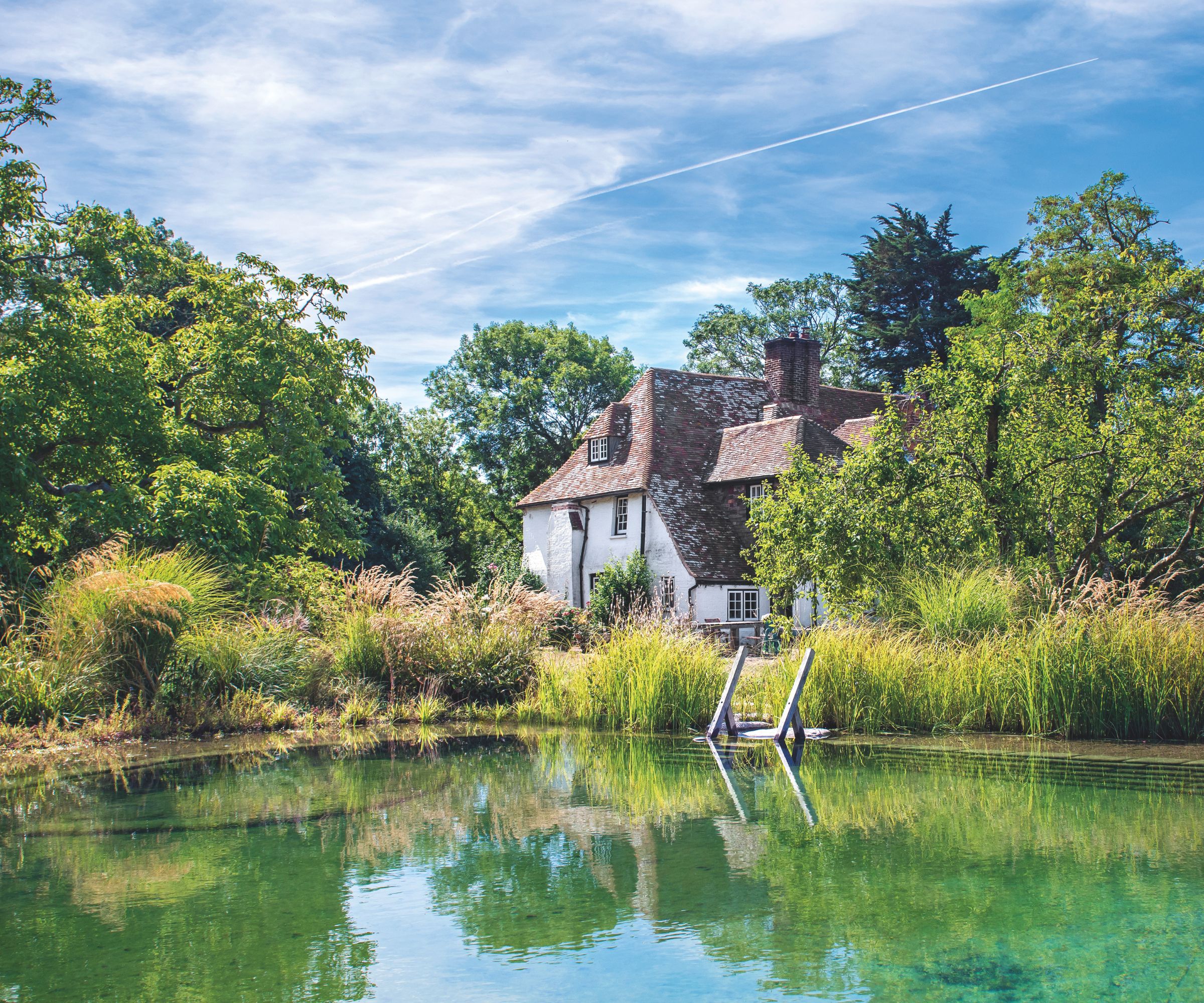
One of the first questions that comes up when converting a pond into a swimming pool is 'what happens to the existing plants and wildlife?' After all, even a modest garden pond often supports a thriving ecosystem of its own.
The good news is that a conversion doesn’t mean losing everything. “Yes, we can retain and reuse some of the existing aquatic plants, replanting them into our specially prepared low-nutrient substrate,” explains Melinda. “As for wildlife, it will quickly return on its own once the water is reintroduced – often surprisingly fast.”
That said, it’s not quite as simple as lifting and relaying. “Ponds are full of life, which is great, but not all of it belongs in a swimming setup,” says Loren Taylor. “Frogs, snails, and bottom sludge might seem harmless, but in the context of a swimming pool, they create ongoing maintenance headaches and can make the filtration system work overtime. That often leads to cloudy water and algae problems down the line."
To make the process as seamless as possible, Loren recommends installing a small, solar-powered circulation system (even during the early construction phase). "Keeping the water gently moving from the start gives your aquatic plants a head start in adjusting to the new balance," he explains. "Long term, this also lowers your energy costs and helps you avoid having to retrofit larger systems later."
How must does conversion cost?
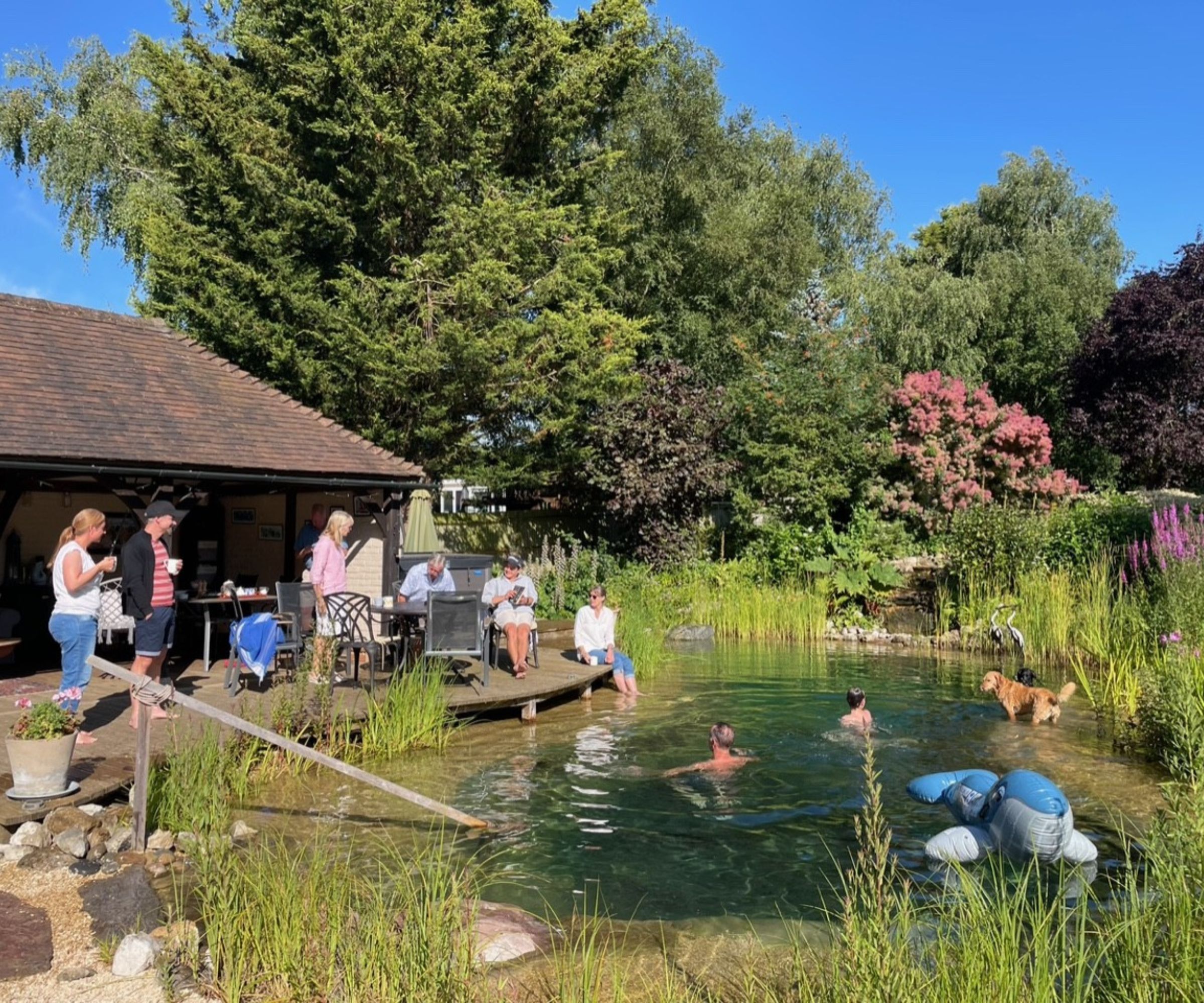
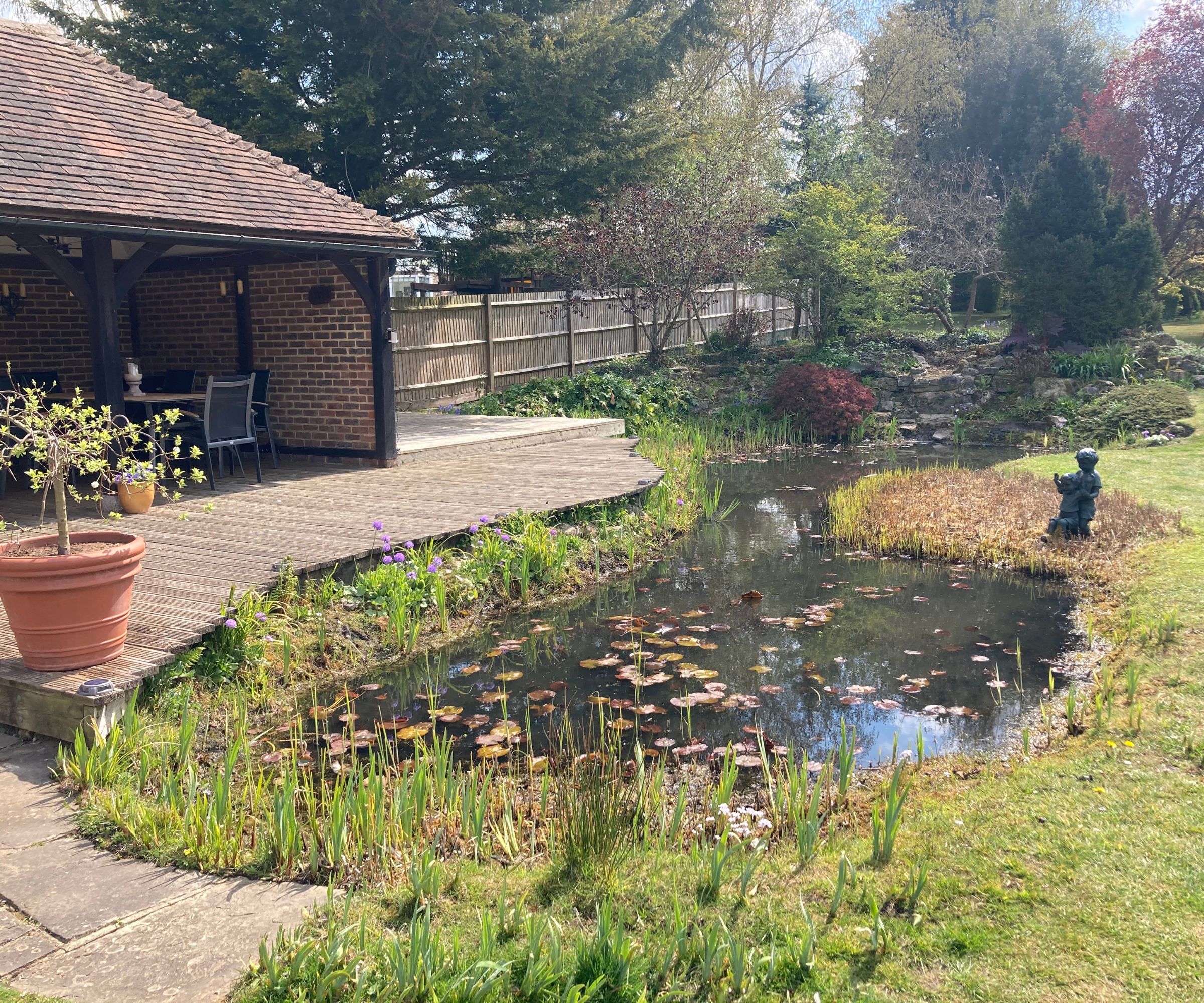
“The cost and timeline for converting an existing garden pond into a swimming pond are generally similar to building a new natural swimming pool from scratch,” explains Melinda La Mantia from Gartenart. “The main saving comes from reduced spoil removal — this can be significant if you’re unable to spread the soil on-site, as off-site removal is expensive.”
In other words, the biggest financial advantage tends to come from the groundwork, not necessarily from cutting corners elsewhere. Conversions may also reduce excavation time, but there are often added complexities, such as reinforcing unstable banks or adapting to unpredictable inflows. “We might need to invest in additional work to create stable structures, such as using hessian bag walls to form a solid profile,” Melinda adds.
While every project will vary depending on the site and specification, estimates from Checkatrade suggest that natural swimming pool conversions typically start from around £350 per square metre.
What’s a good alternative to a swimming pond?
If you’re drawn to the idea of chemical-free outdoor swimming but not entirely sold on the maintenance or aesthetic of a swimming pond, a freshwater natural pool could be the perfect middle ground.
Rather than relying on planted regeneration zones, these pools use mineral filtration systems to maintain clear water with minimal upkeep, and no need for standard swimming pool chemicals. The result is water that feels softer, looks pristine, and fits more easily into a contemporary garden design.
“In terms of swimming pool costs, a bespoke freshwater pool typically ranges between £80,000 and £150,000, depending on size, materials, and optional extras like solar covers or air source heat pumps,” says Alex Kemsley, MD of Compass Pools.
Before you jump straight into a conversion project, it’s worth brushing up on common swimming pool mistakes to avoid. From poor circulation to underestimating maintenance, getting the fundamentals right from the start will help ensure your natural pool is both beautiful and built to last.
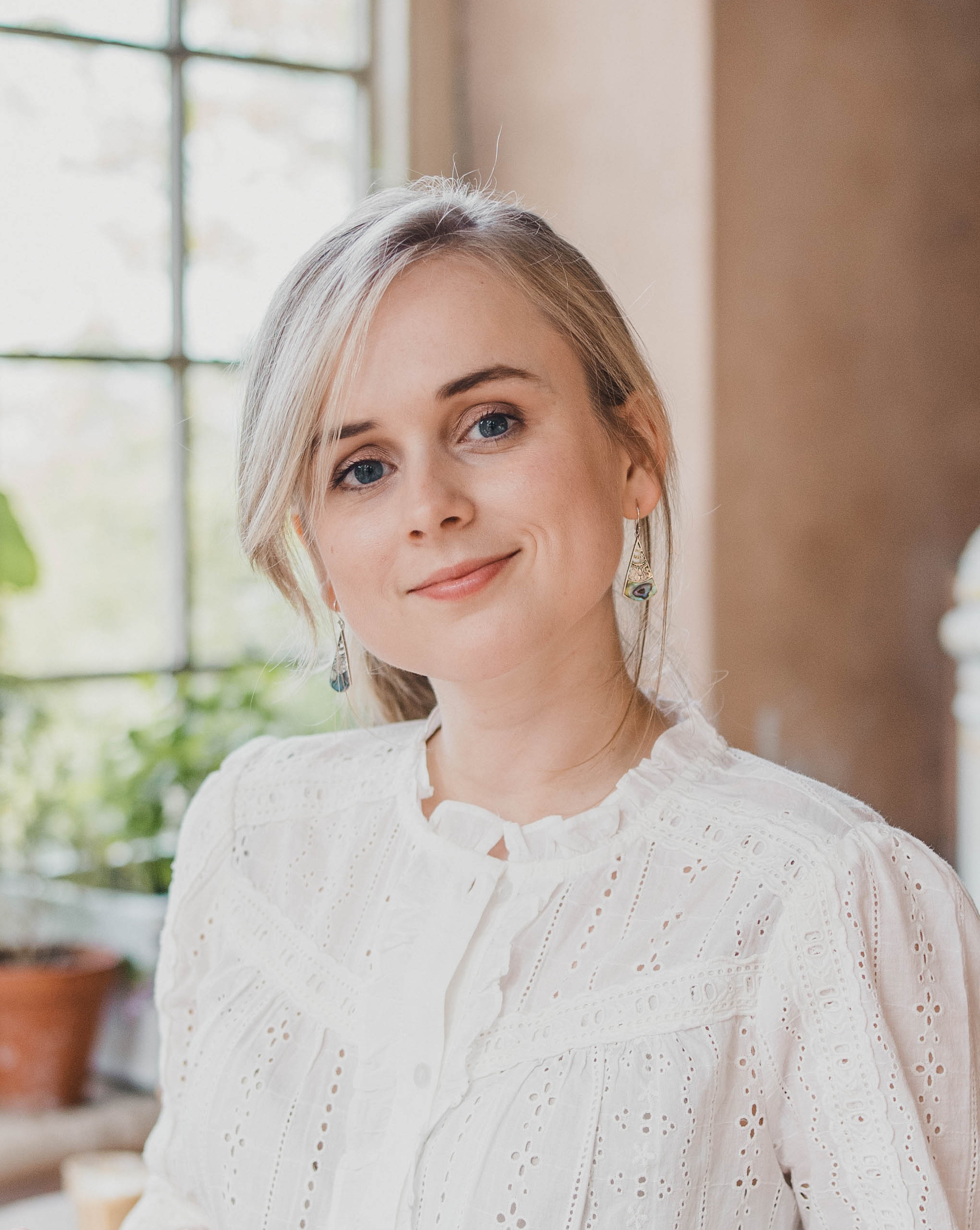
Gabriella is an interiors journalist and has a wealth of experience creating interiors and renovation content. She was Homebuilding & Renovating's former Assistant Editor as well as the former Head of Solved at sister brand Homes & Gardens, where she wrote and edited content addressing key renovation, DIY and interior questions.
She’s spent the past decade crafting copy for interiors publications, award-winning architects, and leading UK homeware brands. She also served as the Content Manager for the ethical homeware brand Nkuku.
Gabriella is a DIY enthusiast and a lover of all things interior design. She has a particular passion for historic buildings and listed properties, and she is currently in the process of renovating a Grade II-listed Victorian coach house in the West Country.
